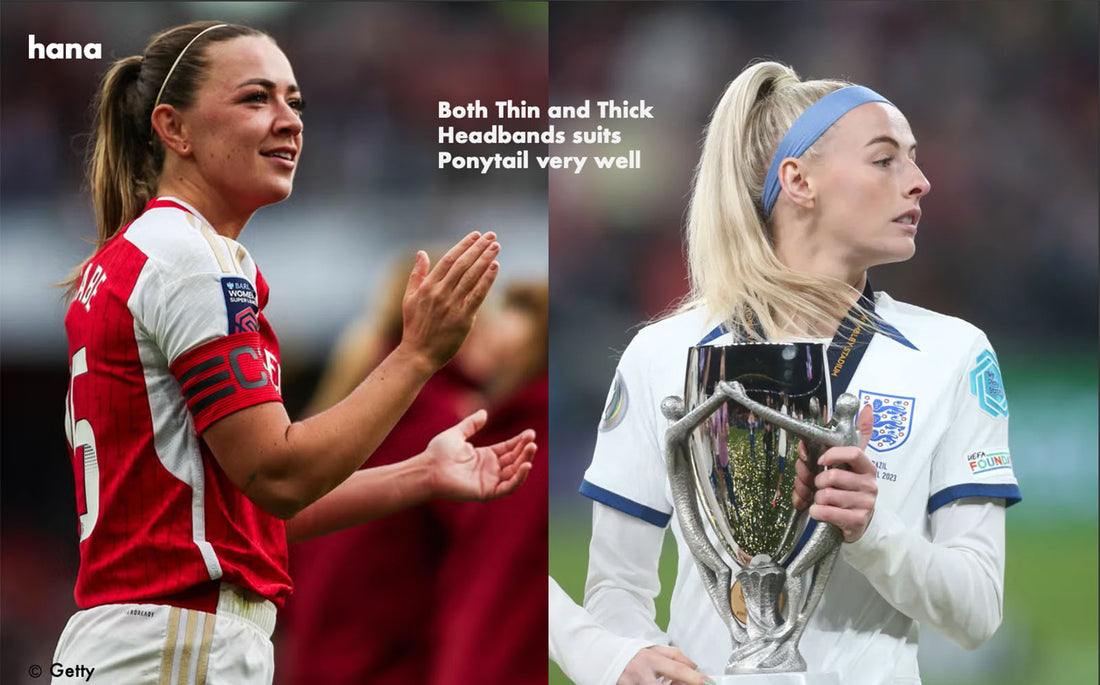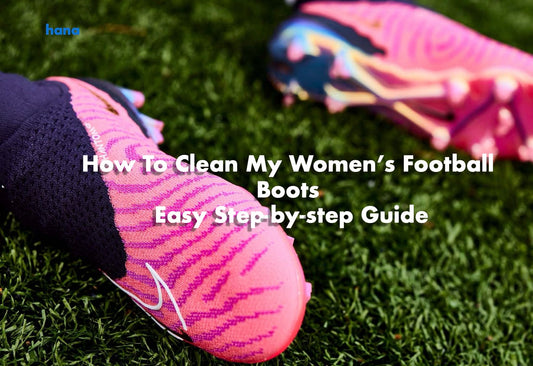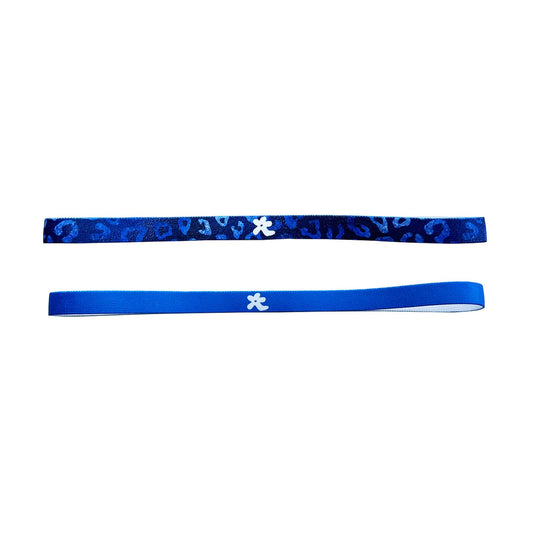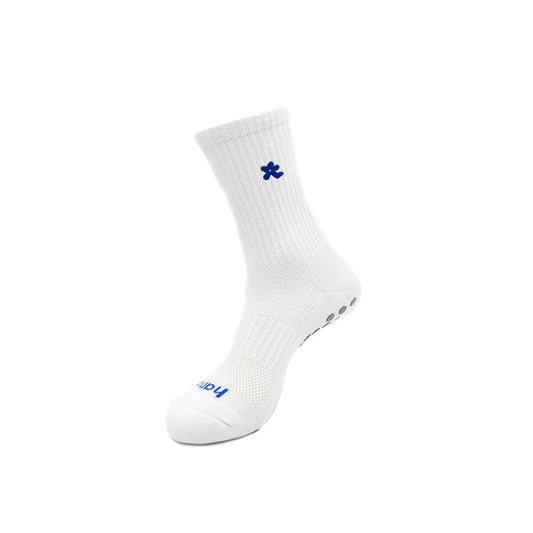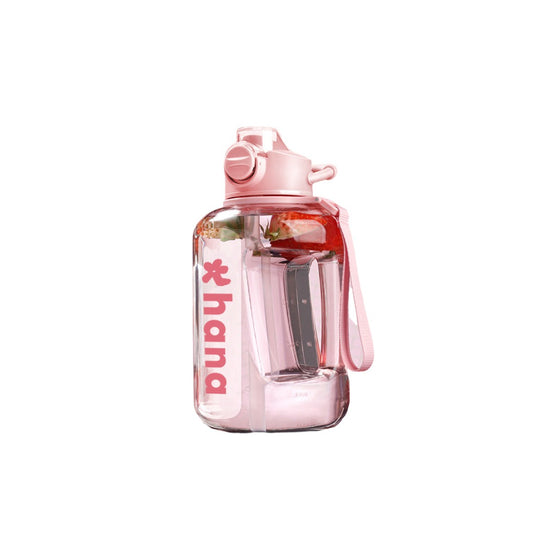Whether you're hitting the gym, running, or preparing for your football training sessions and matches, choosing the right headband can enhance both performance and aesthetics. However, when choosing headbands, we all know that thin and thick are the main choices. If you're unsure how to choose the headbands that suit you best, today we'll tell you.
1. hairstyle
Ladies, hairstyle is the foremost consideration when choosing headbands. Headbands are designed to secure hair, so purchasing one that doesn't effectively hold your hair in place can lead to constant adjustments during activities or walks. Now, we will show different types of headbands suitable for various hairstyles.
- Ponytail
If your hairstyle resembles Alex Morgan, Katie McCabe, and Chloe Kelly, then congratulates, both thin and thick headbands are very suitable for you. If you prefer a light on-field feeling, opt for the slim ones. If you prefer a stronger hold for your hair, then the thicker ones are great.

- Bun
If your already made a Bun, you may not necessarily need the assistance of headbands. However, during high-intensity training or competitions, you can take a cue from McCabe and use a thin headband for additional security.

- Dreadlocks
If you have beautiful dreadlocks, you may not need to secure them with headbands. Simply use hair bobbles to tie the ends, and the hair on top will maintain good stability during movement, just like Caicedo. If you have a substantial amount of hair and still wish to use headbands for additional fixation, you can take a cue from Fishel and select soft fabric headbands.

- Short Haircuts

2. face shape
- Strong Face Features
If your face features well-defined contours, a clear cheekbones, and distinct brows and nose, choosing thicker headbands can soften the overall facial visual effect. On the other hand, choosing thinner headbands can highlight the advantages of your beautiful facial features.
- Softer Face Features

3. sports competitive
- Everyday life, Gym workouts, and other low-intensity exercises
- Training, Matches, and other high-intensity sports
For high-intensity competitions, it's essential to choose sports headbands that contain nylon. Only such headbands can ensure a secure hold on your hair during intense movement without the risk of sudden breakage.

4. style
Choosing headbands that complement your personal style is crucial. If you want to convey a clean, powerful, and confident vibe, maybe sleek, thin headbands is an excellent choice. If you aim for an elegant, casual, and naturally flowing aesthetic, thick headbands are the ideal choice to complete your overall look.
5. material and texture
There are various materials and textures available for headbands in the market. However, when it comes to sports, comfort always takes precedence. Choosing a headband that is both aesthetically pleasing and comfortable allows you to focus better on your performance on the field.

